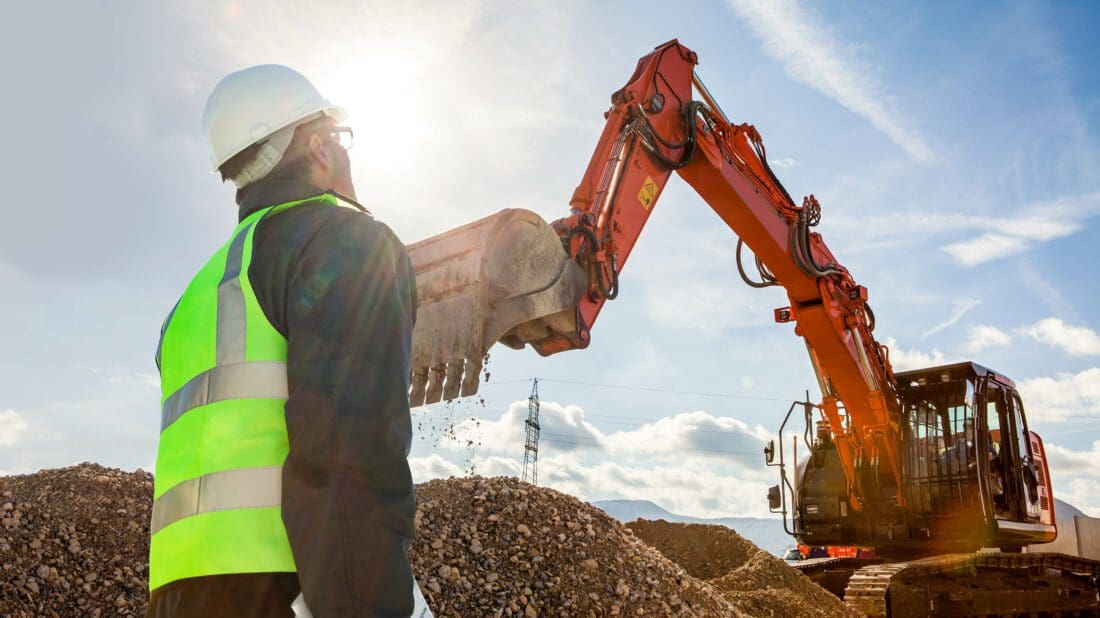Heavy Equipment Spotlight – All About Claw Excavators
Your Guide to all Kinds of Digging Machines
Watching a claw excavator at work can be awe-inspiring. With its two giant, pincer-like arms, the excavator can literally grab huge chunks of material from mountainsides, quarries or demolition sites and deposit them elsewhere, making all kinds of large-scale tasks immeasurably faster and more efficient.
This claw device can provide an advantage over the common bucket system–in much the same way as having opposable thumbs gives certain animals an advantage over others. The ability to grab something, rather than just push or pull it, can be immeasurably helpful.
Sometimes referred to as a grab or a grappler, the claw attachment can actually have “fingers” as well as a thumb. It is the ideal implement for picking up large items and moving them from one place to another—whether they be boulders, building beams, or large chunks of earth.
The claw excavator is just one in a wide category of heavy-duty digging machines that perform specific tasks according to the need. They’re called excavators because they all specialize in scooping large amounts of material out of a location, which may be a mountain, a mine, or a building site.
Excavators are essential for the construction of highways, tunnels, and bridges. They’re also especially useful for mining operations and the demolition of large structures.
Here are some of the other excavator types, and their uses:
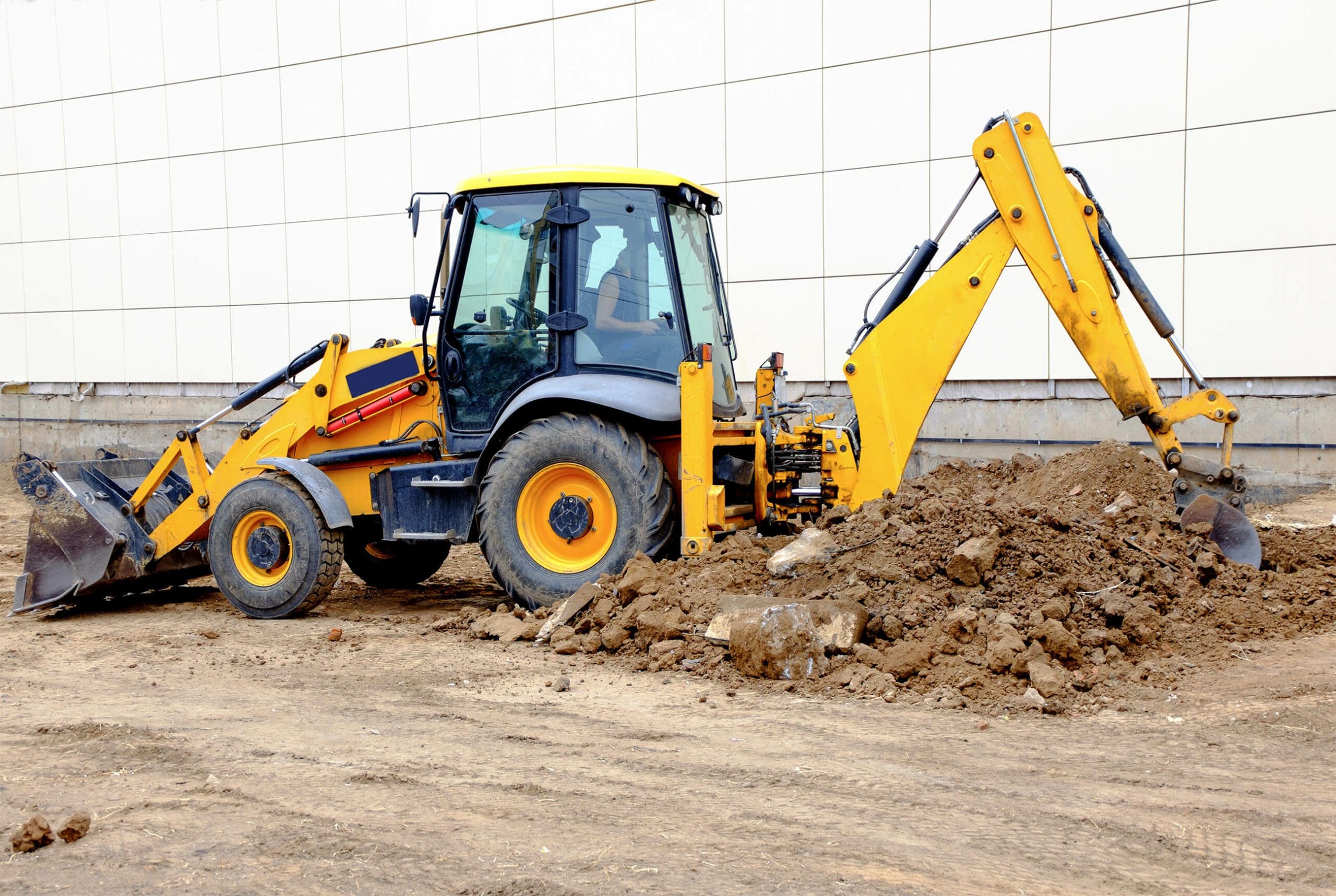
Backhoe
Often differentiated from heavy-duty excavators because of its relatively small size and limited functionality, the backhoe still performs many of the same tasks—but on a smaller scale. It is basically a digging bucket affixed to the end of a two-part articulated arm. The entire structure is usually mounted on the back of a tractor or front loader. It gets its name from the way it removes material—by pulling or “hoeing” it backwards rather than scooping it up or forward. The backhoe is a very popular workhorse for small-scale projects of all types.
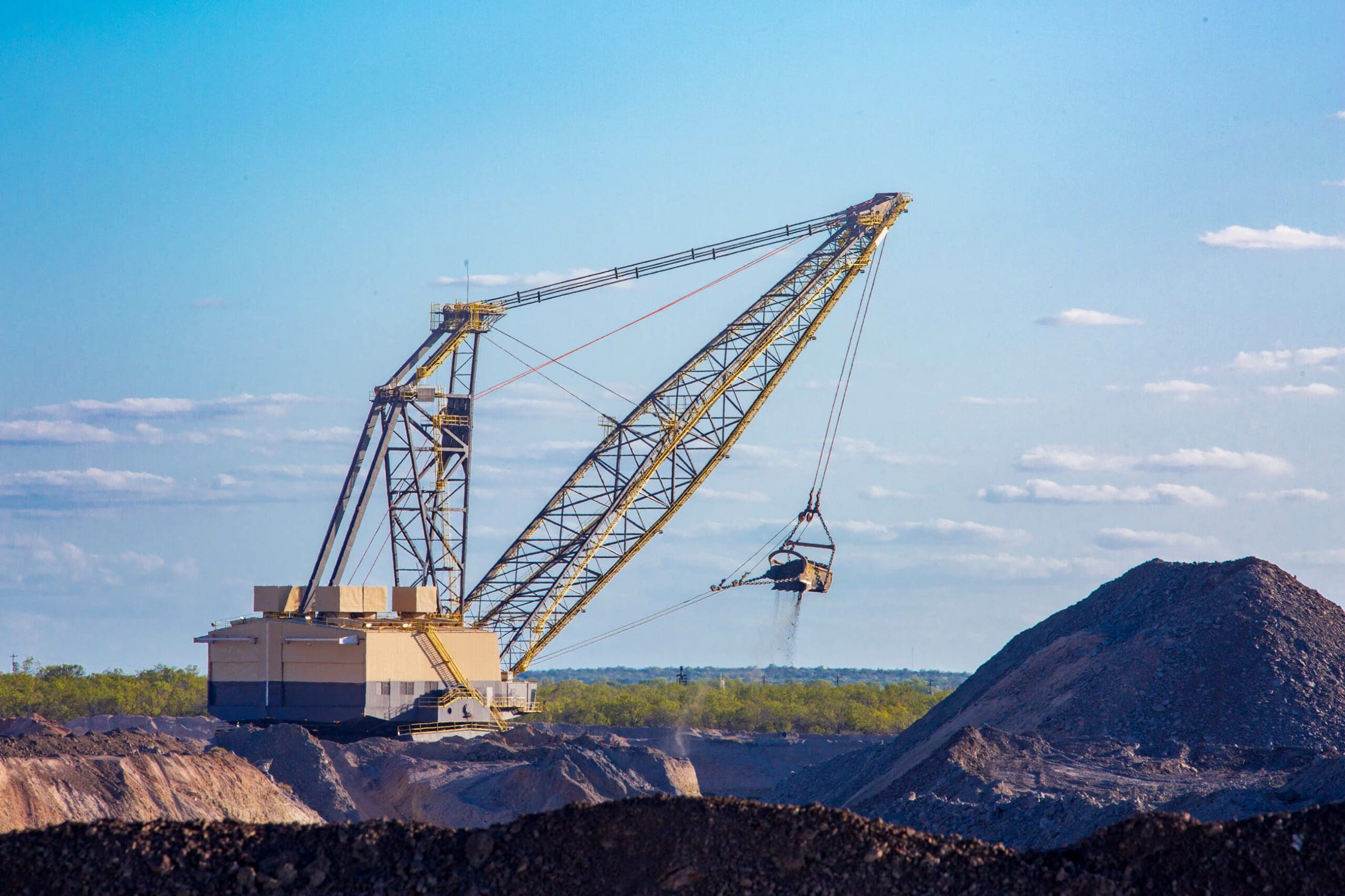
Dragline Excavator
The dragline brings us into the realm of true heavy equipment. Especially suited for large-scale mining operations, a dragline consists of a large bucket suspended from a boom by an assemblage of wire ropes. The operator controls the bucket by manipulating the ropes: The hoist rope controls the up-and-down motion; the dragrope allows for horizontal movement. The bucket is positioned over the material to be excavated; then, as the name suggests, it is dragged over the surface to collect the material. The hoist rope lifts the bucket and the dragrope moves it to the desired location where it is released. Along with their prominent use in mining projects, draglines are especially effective for underwater operations and civil engineering projects such as canal dreading.
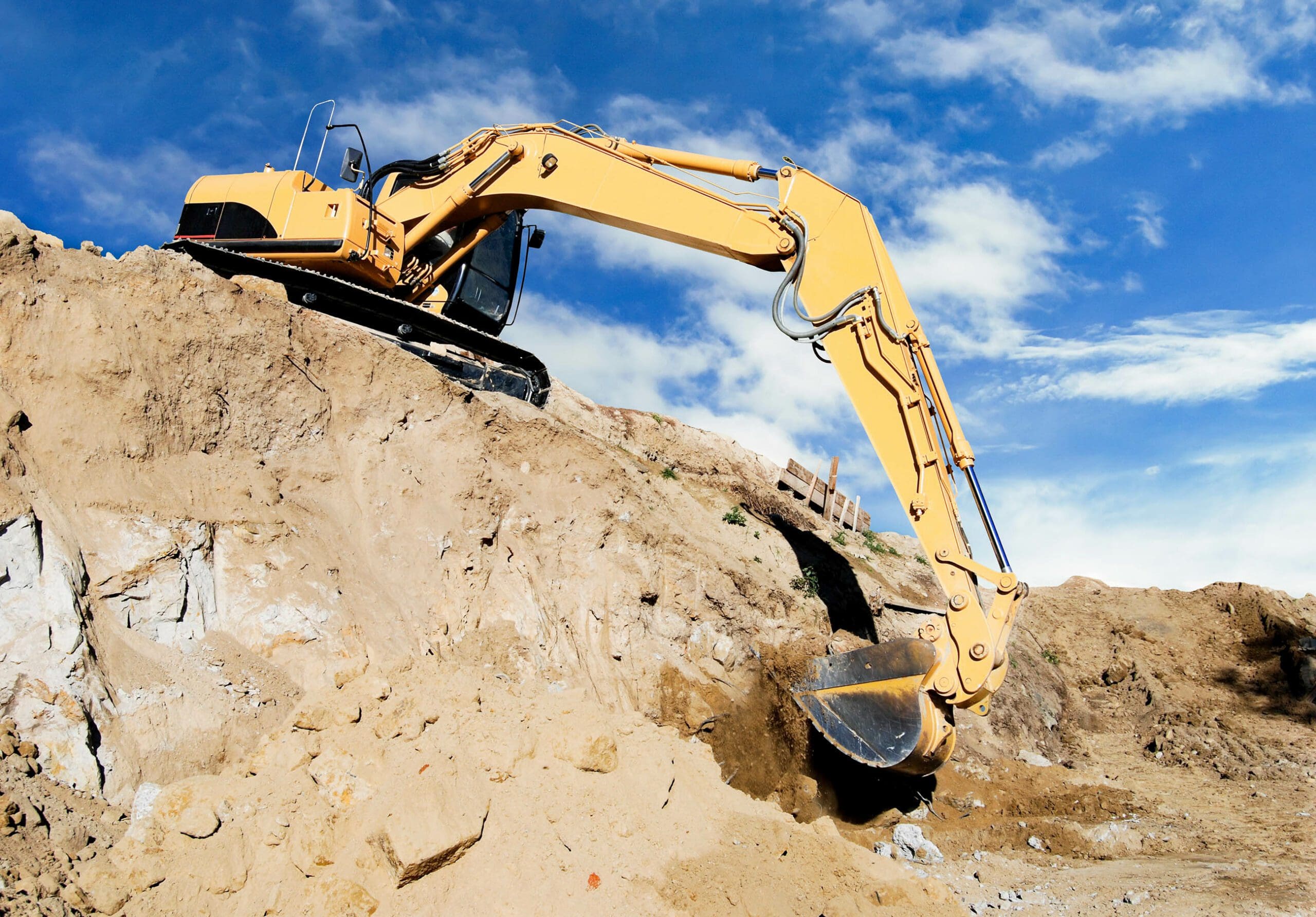
Long Reach Excavator
This is the ideal implement for excavating hard-to-reach places—or where it’s not safe to be too close to the action, as in a demolition project. The arm of a long reach excavator can extend as far as 100 feet horizontally. Different attachments can be used at the end of the arm for different functions, such as shearing, cutting, or crushing. The large size of a long reach excavator makes it impractical for constricted spaces. But when work must be done over a wide area, it’s ideal.
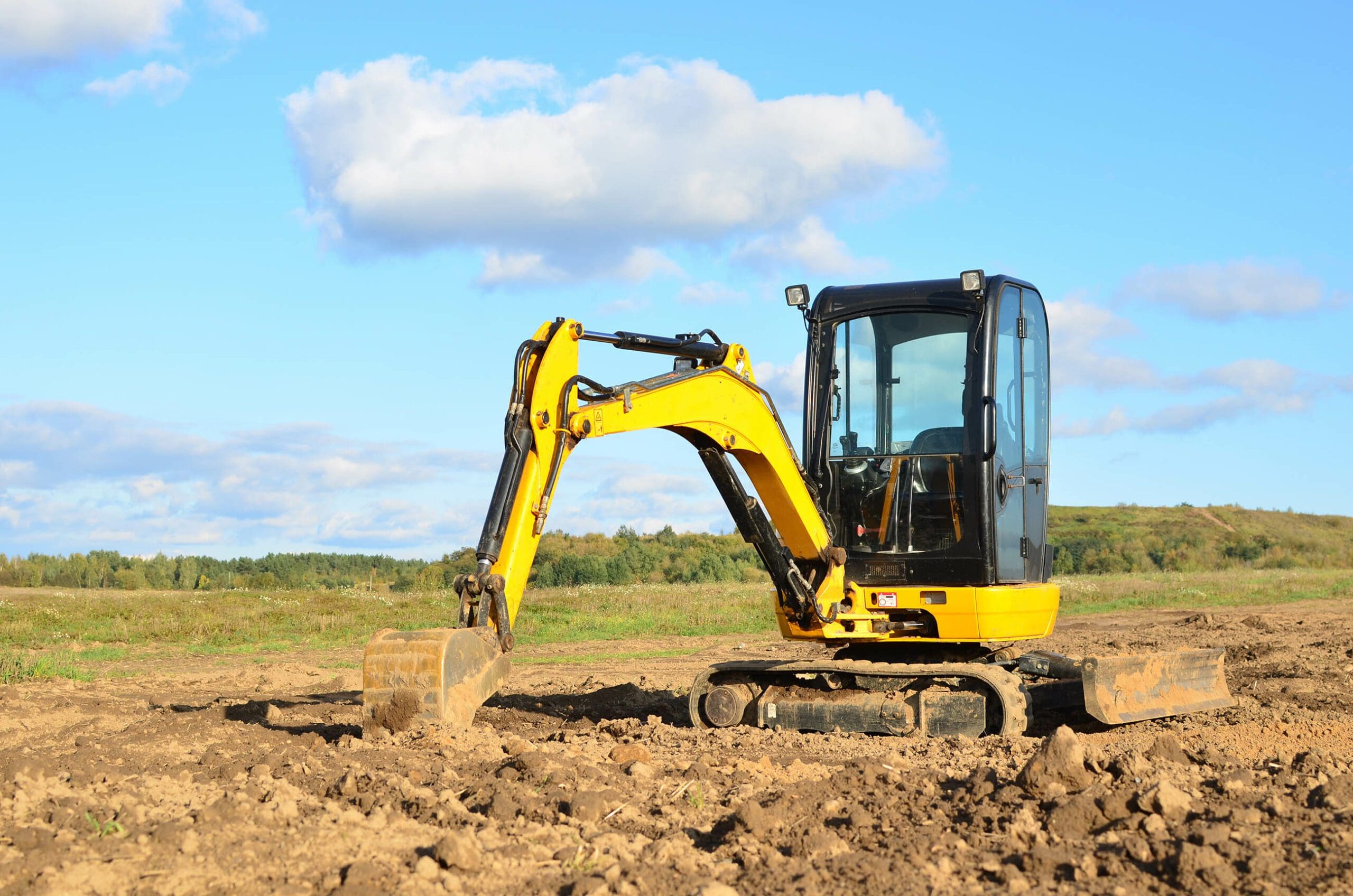
Mini Excavator
At the other end of the size scale, the mini excavator offers excellent maneuverability and is ideally suited for small spaces such as urban parking lots, or even indoors. Its negligible tail-swing enables it to make tight turns and avoid collisions. And it’s relatively lightweight, which minimizes ground damage. For obvious reasons, this is an increasingly popular choice for construction and demolition purposes.
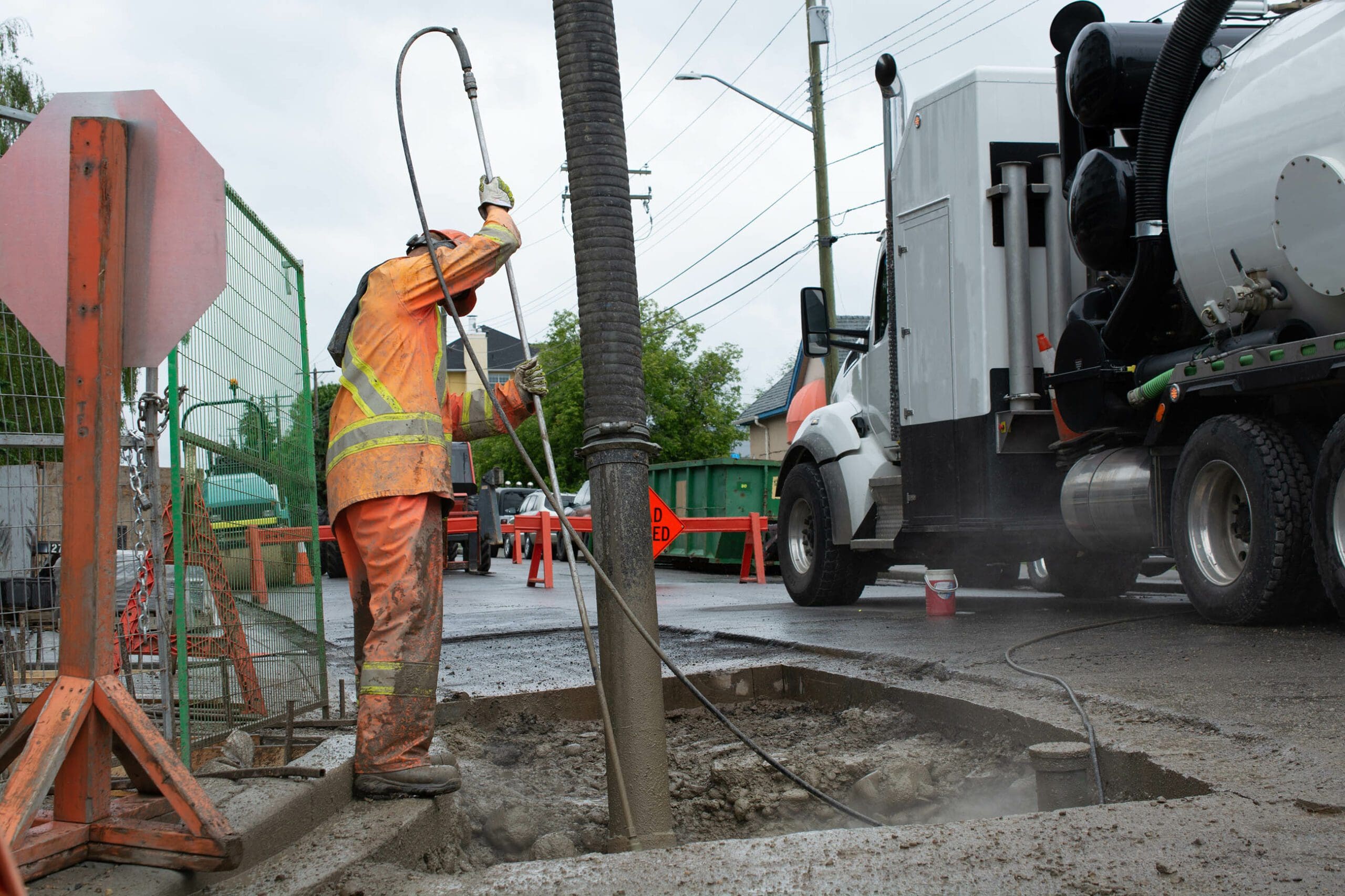
Suction excavator
This innovation involves a fundamentally different mechanism for removing material; typically, a suction hose is inserted into a hole in the desired area. A high-volume flow of air is generated, sucking material through an intake nozzle and into a container located on the vehicle. Compressed air can be used to fracture the ground, making more extraction possible. This approach minimizes the need for direct contact of people or equipment with the ground, eliminating the risks of injury and underground utility strikes. Suction excavators are especially useful in constricted urban settings and other locations where the presence of heavy equipment—and their accompanying dust—are not desirable.
Locating the right tool for the job is as essential in excavation projects as in every other area of construction. The implements described here are just some examples of the varied equipment used for building highways and tunnels, mining for vital minerals, and demolishing existing structures. They all come in various sizes, and with various attachments for different uses. They make possible the amazingly complex and sophisticated infrastructure we take advantage of every day.
And of course, as in the case of the claw excavator, they can be fascinating to watch in action.
For every facet of large-scale construction—Fleming Construction Group has you covered.
Check Out Our Services To Find Out More:
Read This Next:
COOL INFOGRAPHIC: Commercial Construction Jobs by the Numbers


